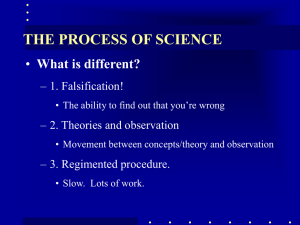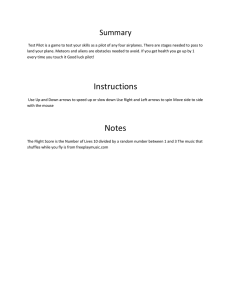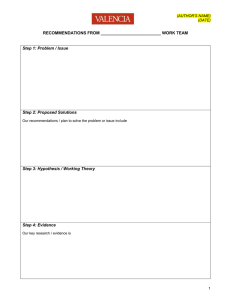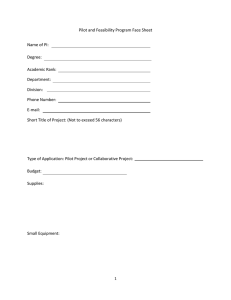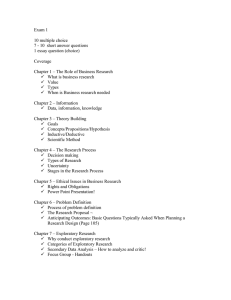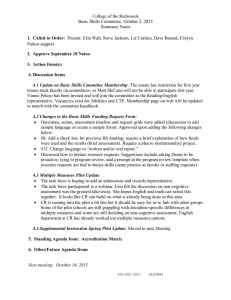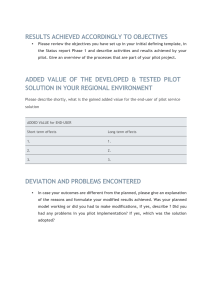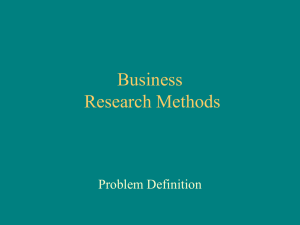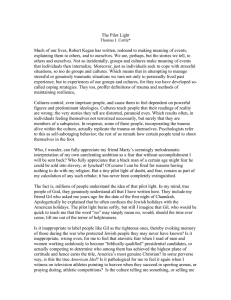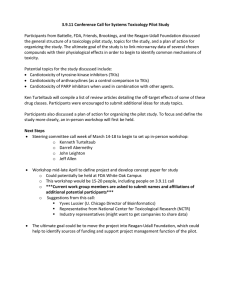Discover and Define problem Conduct exploratory research Literature review, Secondary data, Pilot
advertisement
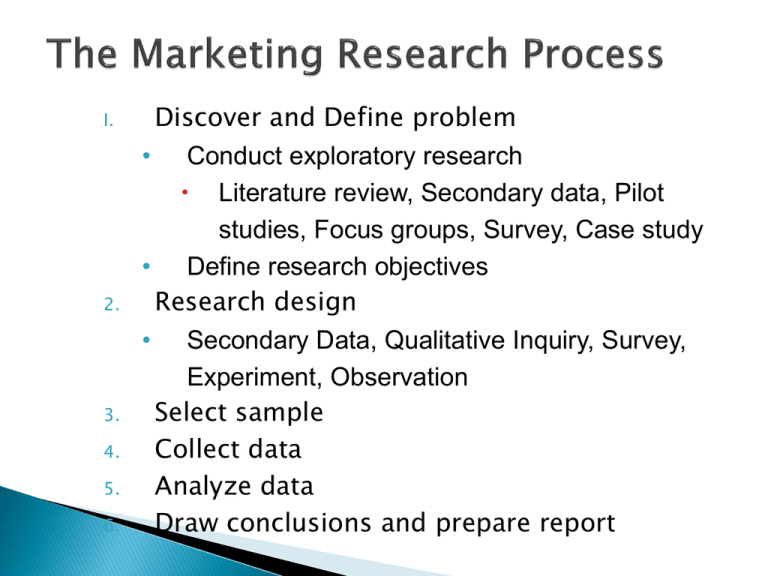
I. 2. 3. 4. 5. 6. Discover and Define problem • Conduct exploratory research Literature review, Secondary data, Pilot studies, Focus groups, Survey, Case study • Define research objectives Research design • Secondary Data, Qualitative Inquiry, Survey, Experiment, Observation Select sample Collect data Analyze data Draw conclusions and prepare report Women's clothing store ◦ four years decreasing profits ◦ niche: conservative wear, not trendy ◦ idea: target less conservative, younger buyer Apply case to each step of marketing research process. Do we really need research? ◦ Expensive. Valuable? When we should NOT conduct research: ◦ No time or money ◦ Insufficient payback ◦ Information already available Must ask the right questions ◦ Asking the wrong ones is at best, useless; ◦ at worst, it will lead to the wrong decision Examples: ◦ audio CD players ◦ New Coke Albert Einstein The most dangerous part of many business problems is neither visible to nor understood by managers. The Process of Problem Definition Ascertain the decision maker’s objectives Determine unit of analysis Understand background of the problem Determine relevant variables Isolate/identify the problem, not the symptoms State research questions and objectives Exploratory: ◦ Initial, unstructured, informal ◦ When you don’t know much ◦ Focus groups, lit review, case study, pilot study, secondary data, experience survey Descriptive: ◦ Answers who, what, why and how ◦ Surveys, observation Causal: ◦ Relationships between variables ◦ Experiments Two types of data: ◦ Secondary: already exists ◦ Primary: you collect it Data sources: ◦ Internal ◦ External Subjects ◦ Census = all ◦ Sample = portion Identify target population ◦ Cost vs. generalizability Identify unit of analysis ◦ Individual, household, community How will you select subjects? ◦ Probability vs. nonprobability Determine data gathering methods ◦ Secondary data: Internal records, reports for purchase, library, web ◦ Primary data: Telephone, web, in person, mail, observation (in person, electronic) Properly prepare ◦ Pretest, pilot test, main study Edit data Code data Select appropriate analysis method Use to summarize findings Use to interpret results ◦ Will the findings hold for the general population? SUMMARY: What was done and what was found Goal: clear, unbiased conclusions Write for your audience
